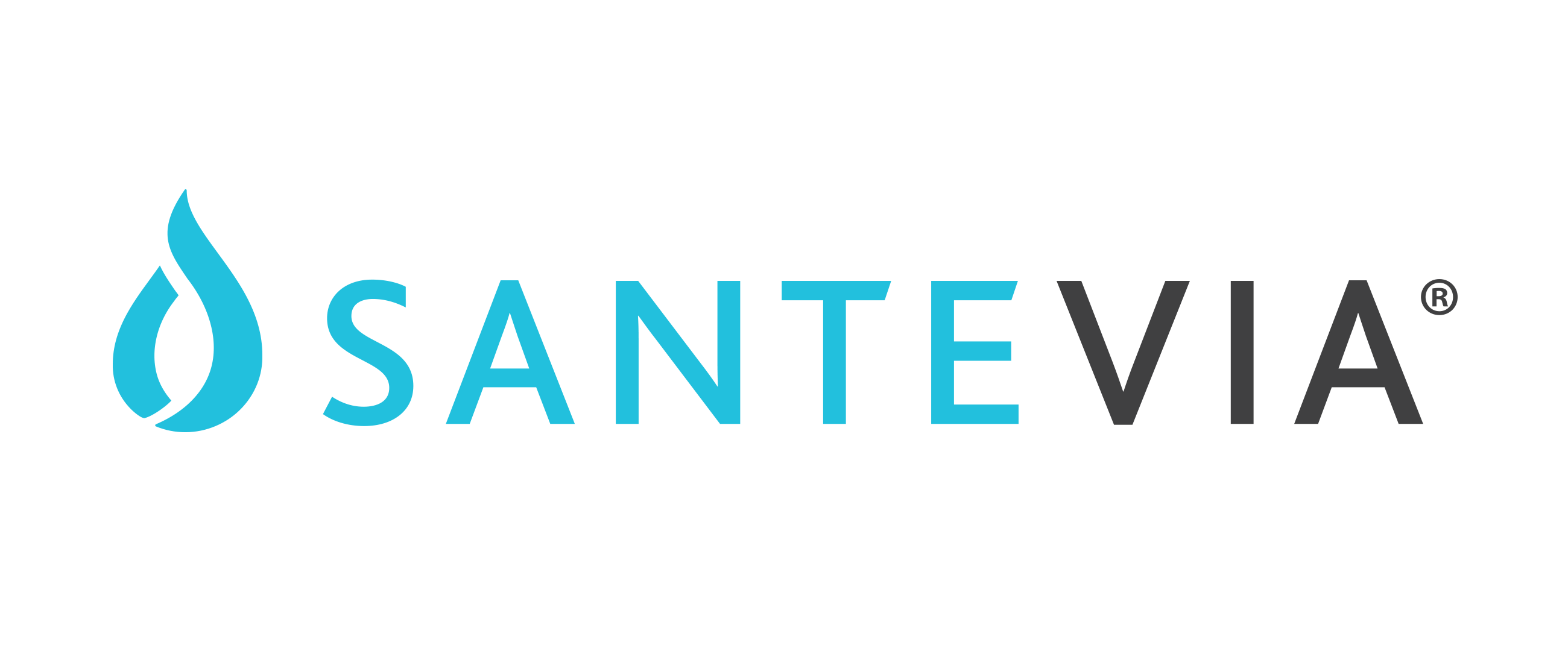Types of Water: Ionized, Zero, Mineral, Spring, Distilled, Alkaline

Other than the air we breathe, water is the most essential component for human survival. Our bodies are made up of 70% water, and as we live, we deplete our body’s resources – which is why it is crucial to stay hydrated. But who knew that there could be so many different ways to stay hydrated? In a society where clever marketers are trying to convince us to spend money every day just to stay hydrated, it can be tricky to decide what to put in your glass.
We’ve compiled this list to break down and explain the varieties of water that are available in the market, and which ones are best for hydration and health.
Ionized
Home water ionizers use electromagnetic energy to separate the positively charged minerals from the negatively charged bicarbonate components in water. Water ionizers have charged plates, which act like magnets to attract ions that have the opposite charge as them. When this occurs, the ions pass through a membrane called a Bipolar Exchange Membrane. This membrane allows ions to pass through it, but stops other particles, essentially filtering out contaminants. The ion separation process makes both acidic and alkaline water at the same time because the membrane separates the minerals from the bicarbonate. Unfortunately, since consumers do not want to consume the acidic water, most of it is discarded.
Essentially, of all the water that goes into the ionizer, only half of it is used, whereas the other half is wasted. Notwithstanding how much they waste, ionizers cost around $5,000 (their replacement filters are equally pricey!).
Our Alkaline Water Pitcher is a great solution for singles and families. It reduces chlorine and heavy metals while adding essential, alkaline minerals back into your water. Click here to visit our website and view our full line of products.
While water ionization has the capability of producing water that is very alkaline (perhaps too alkaline), there are much more affordable and eco-friendly ways to create alkaline water.
Zero Water
Zero Water does exactly what its name suggests – it produces water that contains nearly zero total dissolved solids (TDS). Zero Water claims to remove up to 99% of dissolved solids which includes minerals, salts, metals, cations, and anions.
Water passes through five stages of filtration that include a coarse filter screen, a foam disruptor, a multi-layer activated carbon, an oxidation-reduction alloy, a dual comprehensive ion exchange resin, and an ultra-fine screen, and non-woven membrane layer.
The water is completely void of any harmful contaminants. In addition, though, the water is also void of any essential trace minerals. The human body is meant to receive nourishment from the water it consumes, however drinking plain, “zero” water has a harmful effect because our body has to begin borrowing minerals like calcium and magnesium from the stores we have built up in our body. In fact, the World Health Organization warns of the potential consequences of drinking demineralized water over extended periods of time. Zero Water is not all it’s cracked up to be and is not sustainable in the long term.
The filter does what its name suggests, and if you’re in a situation where you simply need plain, pure water – this might be a good option for you. However, it is not practical in the long term because Zero Water cannot give your body what it needs to survive and thrive.
Mineral Water
Let’s start off by making the distinction between mineral water and mineralized water. When we speak about mineral water, we are referring to the bottled water you’ll find on the shelves of the supermarket. In contrast, mineralized water is referring to water that naturally gains essential minerals like calcium and magnesium through the filtration process.
While mineral water might be a healthier alternative to its sugary counterparts like cola and sports drinks, its carbonated properties make it an unsuitable substitute for water. Adequate hydration is crucial for a plethora of reasons, including helping your body cool itself; keeping your mouth, nose and eyes moist; promoting optimal joint and muscle function; maintaining healthy skin; cleansing your body of toxins, and lowering your blood volume for better cardiovascular health*. Carbonation will simply impede the natural health benefits of water. As you can observe, the cons of carbonation often outweigh the pros.
Carbonation in mineral water can have negative effects on some people. Those with irritable bowel syndrome might experience bloating and gas caused by the CO2. Additionally, you should avoid carbonated water after a workout because the carbonation might make you feel full when, in reality, you should continue hydrating.
Another reason to steer clear of mineral water in the grocery aisle is that it might be packing more of a punch than you think. Don’t assume that it’s plain – some mineral water contains sugar, added sodium, or even artificial flavours, so make sure to read the label before you start drinking. If you’re going to opt for mineral water, read the label before purchasing canned or bottled varieties to ensure that the only ingredient is water and minerals.
Spring Water
Spring water, unlike some of the other types of water on this list, is difficult to produce at home. You’ll most often find it in bottled water. Most consumers think of spring water coming from a picturesque field with serenely clean water or a rushing spring at the bottom of a snow-capped mountain. Unfortunately, this is not typically the case. The Environmental Protection Agency (EPA) defines spring water as water that comes from an underground aquifer. Spring water may be accessed by a well, and it may or may not be treated. Many people prefer the natural taste of spring water better than other bottled waters as it’s richer in minerals and usually has a superior taste.
Spring water is formed anywhere that there is rock, typically limestone in the United States. Water easily makes its way through the limestone and gains some of the mineral content as it passes over the rock, at the same time being naturally filtered. Natural spring water in the wild is safe to drink without treatment. Sounds like the ideal, natural solution, right?
Maybe not. You should weigh the options before you stock your cart with bottled spring water. The Natural Resources Defense Council (NRDC) has found that the harmful contaminants in bottled water outweigh the benefits of the “filtered” water. On top of that, bottled water is horrific for the environment and ecosystems surrounding you. Approximately only one in five plastic bottles are recycled, and those un-recycled bottles can take between 400 and 1,000 years to decompose.
Distilled Water
While it’s undeniable that drinking unfiltered water can be extremely hazardous to your health due to harmful contaminants like parasites, chlorine, fluoride, and dioxins, we would only suggest resorting to distilled water in extreme circumstances. A lot of people assume that since distilled water is void of any contaminants, it is the best option for your health, but unfortunately, this is just a common misconception.
Distilled water goes through a process where it is boiled, evaporated, and the vapour condenses. It’s free of any dissolved minerals and because of this, has the unique property of being able to absorb toxic substances from the body and eliminate them actively. In fact, many studies validate the health claims of Distilled Water when a person is seeking to “detox” his/her body for a few weeks at a time. Unfortunately, however, the Distilled Water is also an active absorber outside of the body as well, so it absorbs carbon dioxide in the air – rendering it acidic. The more Distilled Water one consumes, the more acidity is produced.
Even the Environmental Protection Agency warned not to drink distilled water regularly, saying, “Distilled water, being essentially mineral-free, is very aggressive, in that it tends to dissolve substances with which it is in contact. Notably, carbon dioxide from the air is rapidly absorbed, making the water acidic and even more aggressive. Many metals are dissolved by distilled water.”
Another critic of distilled water, Dr. Zoltan P. Rona, MD - who has done over three thousand mineral evaluations using a combination of blood, urine, and hair tests - stated “The longer one drinks distilled water, the more likely the development of mineral deficiencies and an acid state.”
The bottom line is that distilled water, like Zero Water, is another fantastic solution for eliminating harmful contaminants in the water and delivering “pure” water. However, it is not a long term solution and should not be consumed regularly. Significant mineral deficiencies can occur when the human body does not receive an adequate supply of calcium, magnesium and zinc from the water it is ingesting.
Alkaline Water
The term “alkaline” refers to any substance that is higher than 7 on the pH scale. If you’re unfamiliar with the pH scale and the benefits of drinking alkaline water, check out our blog that explains it all. Typically when we refer to alkaline water, we mean water with a pH of around 8-10 on the scale – however, the scale does go all the way up to 14.
Drinking alkaline water will help your body neutralize the acidity that it gains from different foods and beverages as well as stress. Most alkaline substances become carbon dioxide and water once they are oxidized. Your body spends less energy neutralizing these elements, and the kidneys can easily excrete them. An easy way to remember this is that the alkaline-forming elements are sodium, potassium, calcium, magnesium, and iron. Therefore water that has a high mineral content is most likely alkaline as well.
The Santevia Gravity Water System filters harmful contaminants like heavy metals, chlorine, bacteria, and some pesticides using eight stages of filtration. As the water flows through various filters, alkaline minerals like calcium and magnesium are naturally added to the water, raising the pH and making it alkaline. Compared to expensive water ionizers and bottled alkaline water, the Gravity Water System is an affordable and eco-friendly alternative to its counterparts.

